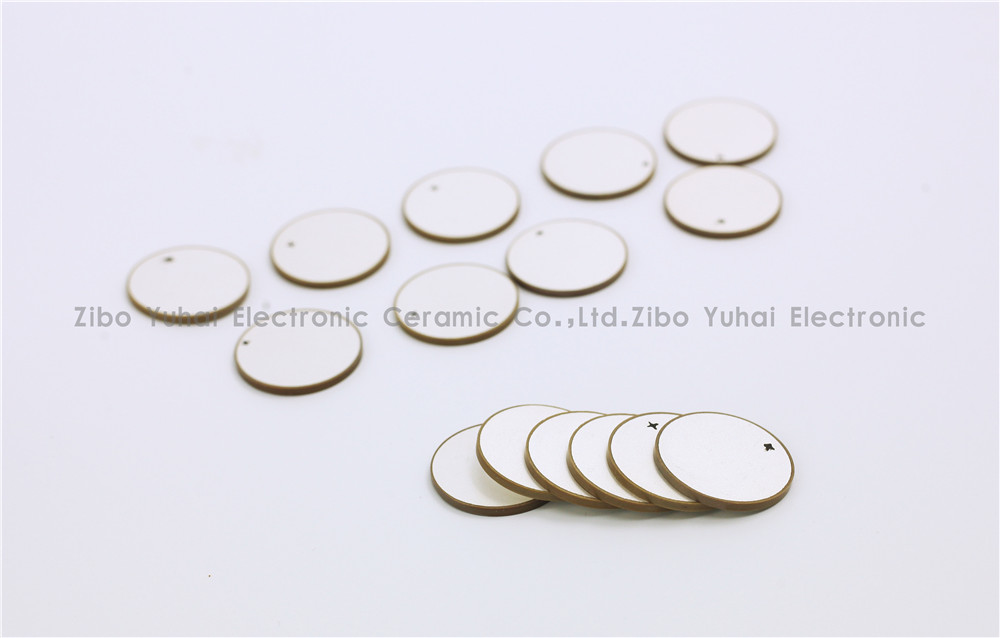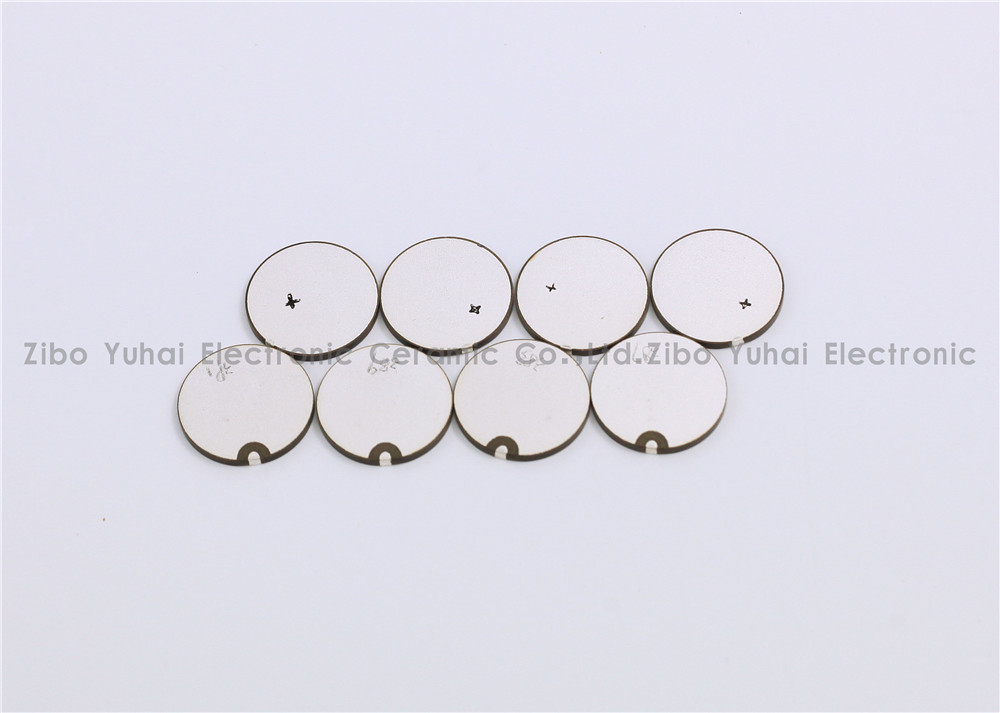The global horticultural market will have a capacity of 60.65 billion US dollars for plant lighting.
The data shows that the global demand for gardening supplies has been growing steadily for a long time. In 2007, the global market capacity of the horticultural supplies industry reached US$44.03 billion. Due to the financial crisis in 2008, the global horticultural supplies market contracted in 2009, but the contraction did not shrink. Big. As the global economy recovers, the market for the gardening supplies industry is gradually picking up. The global market for horticultural supplies is expected to reach US$60.65 billion in 2015. Horticulture, that is, gardenhusbandry, cultivation, breeding and production of fruit trees, vegetables and ornamental plants. It can be divided into fruit tree gardening, vegetable gardening and ornamental gardening. Gardening products are the general term for the articles used in daily horticultural production. According to their different uses, they can be divided into hand tools gardening supplies, irrigation gardening supplies, mechanical gardening supplies, decorative gardening supplies and materials gardening supplies. . Advantages of LED plant growth lamps as gardening supplies LED light is capable of simulating the specific spectral components of sunlight, which has been widely recognized by the botanical community. It is understood that in the plant kingdom, the dominant species are green plants. In all photosynthetic oxygenated organisms, the chlorophyll in the leaf body has two absorption peaks for sunlight, respectively, the blue region near 440 nm and 680 nm. The nearby red zone, one in the blue zone and one in the violet zone, absorbs little green light between 500-600 nanometers, so the plants we see are basically green. The LED chip emits a single light, which provides the plant with a specific red and blue spectrum that is required for growth, so it is extremely efficient. The wavelength of 440-490 nm is blue light, which can promote the growth of green leaves; the red light with a wavelength of 600-700 nm helps the flowering result and prolongs the flowering period; the purple light and ultraviolet light with the wavelength between 300-440 nm promotes plant formation. The main light energy of the pigment directly affects the absorption of phosphorus and aluminum by the plant and the formation of vitamin D, the stratum corneum, and the accumulation of dry matter. During the growth and development of vegetables, only the red-orange and blue-violet light in the sunlight is absorbed, and the utilization rate of light energy is very low. Therefore, the traditional planting method is greatly affected by the natural environment. However, LED plant growth lamps can adjust the spectrum according to the needs of different growth stages of different types of vegetables and vegetables. Take lettuce as an example. When lettuce is just planted, it can't grow too high. At this time, blue light is more than red light. On the contrary, in the later stage of lettuce growth, it is necessary to have more red when it grows leaves. Light, less blue light. As a plant illumination source, LED can be widely used in many fields such as facility cultivation, tissue culture, plant factories, etc. It has many advantages such as promoting plant growth, regulating plant morphology, and energy saving and environmental protection. Among them, the plant factory integrates modern biotechnology, information technology, artificial environment control and other high-tech technologies, not only the output is more than that of land cultivation, but also in the Gobi, desert, island, water surface and even city buildings. Production on cultivated land is also considered to be an effective technical means to solve problems such as population, resources and environment in the future. According to the China Electronics News, the global LED plant growth lamp output has begun to show rapid growth since 2013, from 10 million US dollars to around 35 million US dollars in 2014, and is expected to reach 300 million US dollars in 2017.
Piezoelectric ceramic disc
Quick delivery
High performance
Application: flow meter measurement
There are many kinds of USF used in closed pipeline according to the measuring principle, and the most commonly used are propagation time method and Doppler method. Among them, time difference ultrasonic flowmeter is used to measure fluid flow by the principle that the time difference of sound wave propagating downstream and countercurrent is proportional to the velocity of fluid flow. It is widely used in raw water measurement of rivers, rivers and reservoirs, process flow detection of petrochemical products, water consumption measurement of production process and other fields. According to practical application, time-difference ultrasonic flowmeter can be divided into portable time-difference ultrasonic flowmeter, fixed time-difference ultrasonic flowmeter and time-difference gas ultrasonic flowmeter.
Ultrasonic flow-meters use at least two transducers aligned so that ultrasonic pulses travel across the flow of liquid or gas in a pipe at a known angle to the flow.
Technical data:
Electromechanical coupling coefficient Kp: > 0.62
Dielectric Loss tg δ: <2%
Nominal Piezo discs for ultrasonic flowmeter:
OD14.2*1MHz PZT-51
OD14.6*1MHz PZT-51
OD15*1MHz PSnN-5
OD15*2MHz PSnN-5
OD20*2MHz PSnN-5
OD15*1MHz PZT-51
OD15*2MHz PZT-51
OD20*2MHz PZT-51
Size, Frequency and Electrode on request.
Piezoelectric Discs For Flowmeter Sensor Piezoelectric Ceramic Disc,Piezoelectric Disk Flow Meter,Piezoelectric Flow Sensor,Piezo Discs Flowmeter Zibo Yuhai Electronic Ceramic Co., Ltd. , https://www.yhpiezo.com

